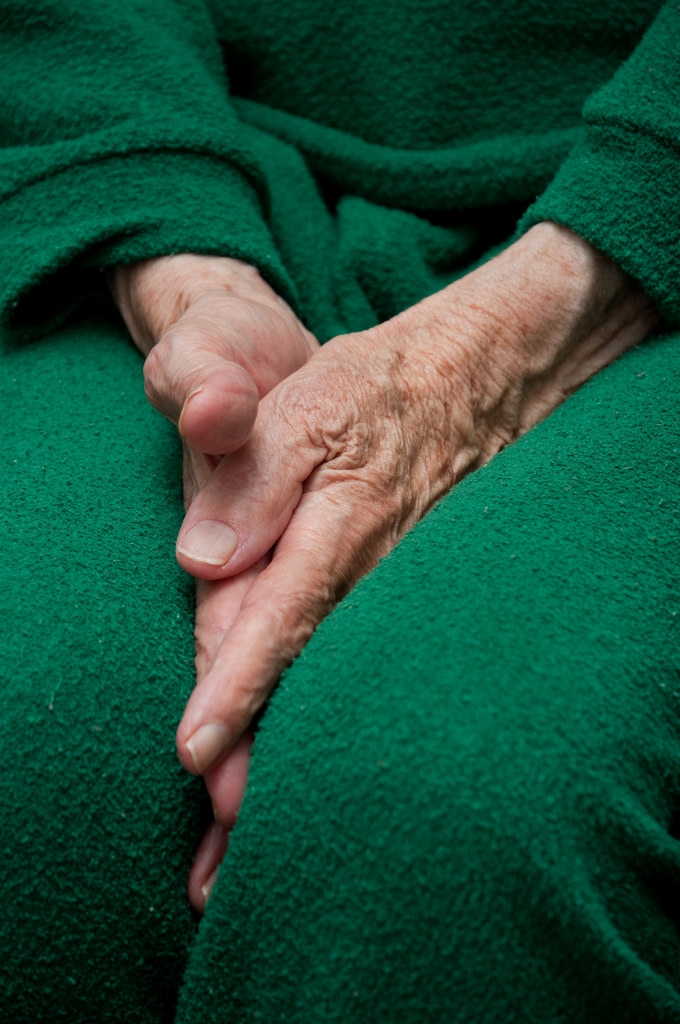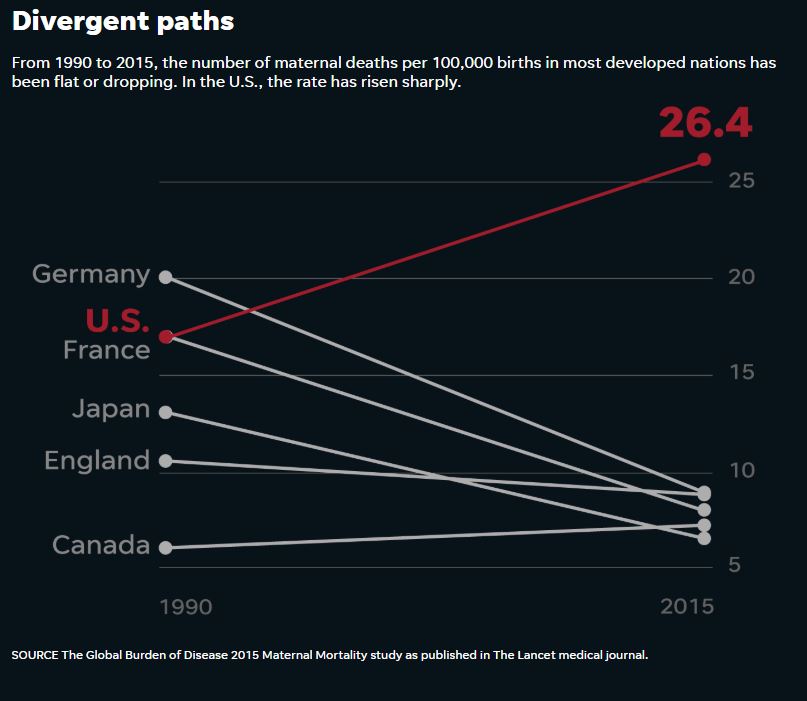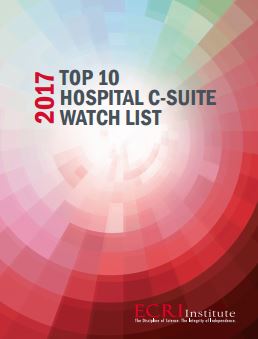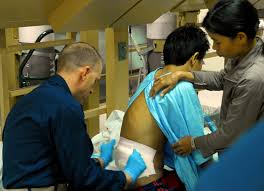 Last year a neurosurgeon was sentenced to life in prison after it was found that he committed medical malpractice and butchered 33 of the 37 patients he operated on, including two who didn’t survive. His name is Christopher Duntsch. After he was arrested in Dallas, his story was covered by all the local media who nicknamed him Dr. Death. A few days ago, ProPublica released the result of an in-depth investigation on his story and describes how the case had to be taken to the criminal system because the medical system wasn’t working and patients couldn’t be protected.
Last year a neurosurgeon was sentenced to life in prison after it was found that he committed medical malpractice and butchered 33 of the 37 patients he operated on, including two who didn’t survive. His name is Christopher Duntsch. After he was arrested in Dallas, his story was covered by all the local media who nicknamed him Dr. Death. A few days ago, ProPublica released the result of an in-depth investigation on his story and describes how the case had to be taken to the criminal system because the medical system wasn’t working and patients couldn’t be protected.
After an unsuccessful beginning of a career as a football player, Duntsch decided to become a neurosurgeon. He was able to get his undergraduate degree and to enroll at the University of Tennessee at Memphis College of Medicine to get an M.D. and a P.H.D. During his surgical residency, with a few partners, he launched DiscGenics, a company that was developing and selling disc stem cells.
Duntsch also developed a terrible cocaine habit and had the reputation of being a party animal. He would often do cocaine and alcohol all night and go straight to his residency to the hospital. His partners at DiscGenics worried about it and forced him out of the business.
 Victims of nursing home abuse , hospital neglect or medical malpractice in New York State not related to Covid-19 can legally hold healthcare professionals responsible for their negligence again.
Victims of nursing home abuse , hospital neglect or medical malpractice in New York State not related to Covid-19 can legally hold healthcare professionals responsible for their negligence again. New York Personal Injury Attorneys Blog
New York Personal Injury Attorneys Blog




 As healthcare evolves so does
As healthcare evolves so does 


